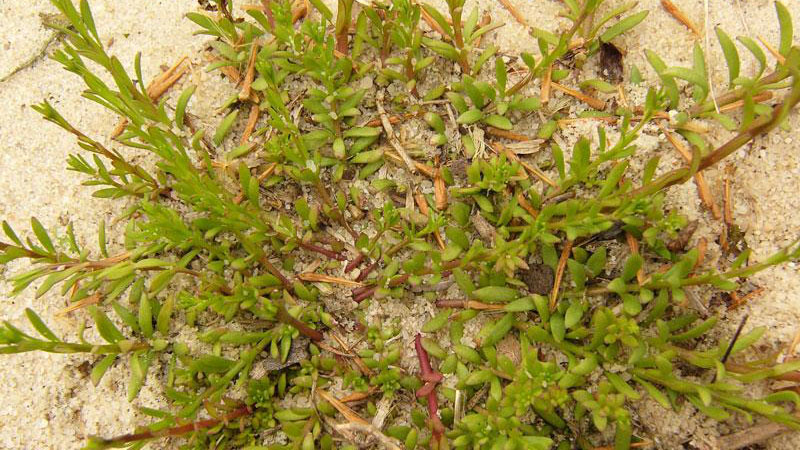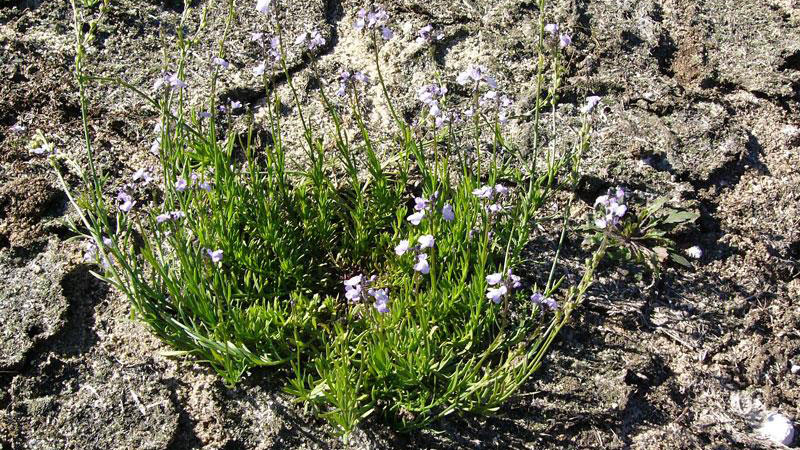Oldfield Toadflax
en Español / em Português
El inglés es el idioma de control de esta página. En la medida en que haya algún conflicto entre la traducción al inglés y la traducción, el inglés prevalece.
Al hacer clic en el enlace de traducción se activa un servicio de traducción gratuito para convertir la página al español. Al igual que con cualquier traducción por Internet, la conversión no es sensible al contexto y puede que no traduzca el texto en su significado original. NC State Extension no garantiza la exactitud del texto traducido. Por favor, tenga en cuenta que algunas aplicaciones y/o servicios pueden no funcionar como se espera cuando se traducen.
Português
Inglês é o idioma de controle desta página. Na medida que haja algum conflito entre o texto original em Inglês e a tradução, o Inglês prevalece.
Ao clicar no link de tradução, um serviço gratuito de tradução será ativado para converter a página para o Português. Como em qualquer tradução pela internet, a conversão não é sensivel ao contexto e pode não ocorrer a tradução para o significado orginal. O serviço de Extensão da Carolina do Norte (NC State Extension) não garante a exatidão do texto traduzido. Por favor, observe que algumas funções ou serviços podem não funcionar como esperado após a tradução.
English
English is the controlling language of this page. To the extent there is any conflict between the English text and the translation, English controls.
Clicking on the translation link activates a free translation service to convert the page to Spanish. As with any Internet translation, the conversion is not context-sensitive and may not translate the text to its original meaning. NC State Extension does not guarantee the accuracy of the translated text. Please note that some applications and/or services may not function as expected when translated.
Collapse ▲Description
Oldfield toadflax (Nuttallanthus canadensis) is also known as common or blue toadflax. It is a winter annual or biennial weed that is commonly found blooming in the spring in fields and roadsides. Oldfield toadflax is most often found in the Piedmont and Coastal Plain of North Carolina. The plant can flower from early spring (most common) to late fall (less common) - depending on growing conditions. The small blue flowers have three lobes and basal spurs. The leaves are small, bright green and linear. Small clumps of leaves will form in early spring, and the blue flowers will appear on long green stems shortly thereafter.
Cultural Control
Proper turf management is important for biennial broadleaf weed control. Maintain a dense, actively growing turf through proper mowing, fertilizing, and watering practices. Mow at the proper height for your selected adapted turfgrass. Coring and traffic control reduce compaction and encourage desirable turfgrass competition. It is best to control this biennial broadleaf weed in spring or fall, if actively growing at these times.
Species Data
- GROWTH SEASON / LIFE CYCLE
- winter annual weed or biennial weed
- GROWTH HABIT
- LEAFLET NUMBER
- one
- LEAF MARGIN
- smooth
- LEAF HAIRS
- none
- LEAF / LEAFLET SHAPE
- linear / oblong
- LEAF WIDTH
- <1/2 inch
Figure 7
- <1/2 inch
- LEAF ARRANGEMENT
- alternate
- FLOWER COLOR














